First online search engine for native translators: contact a freelance translator!
Sworn translations, copywriting, rewriting, lingbuilding in Spanish, English, French, Italian, German, Russian, Romanian and Ukrainian, localisation, transcreation (creative translation).
Areas of translation
Professional translations and translation services from Spanish to English, French, Italian, German, Russian, Romanian and Ukrainian by experienced native translators of Spanish, English, French, Italian, German, Russian, Romanian and Ukrainian.
Professional translations from German to Spanish and from Spanish to German
German language specialists from the world of translation of international stature.
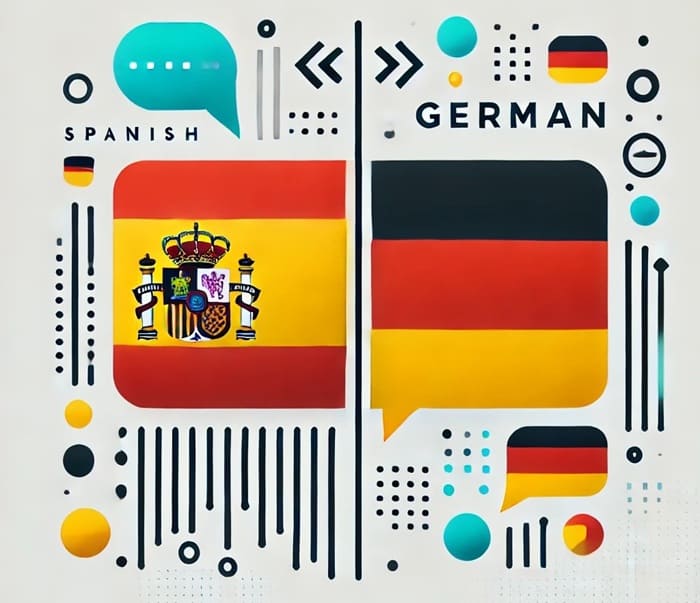
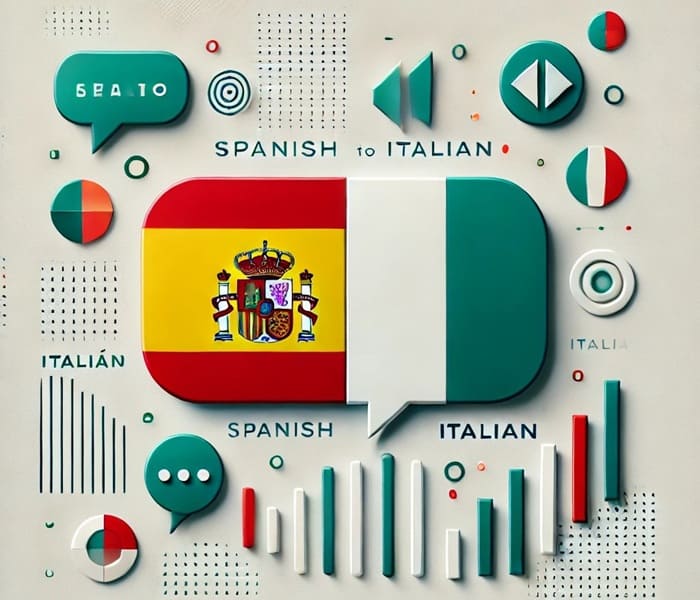
Professional translations from Italian to Spanish and from Spanish to Italian
World-renowned experts in the world of Italian translation.
Professional French translators: translators, proofreaders, editors, proofreaders and revisers
Talented professionals from the world of international translation.
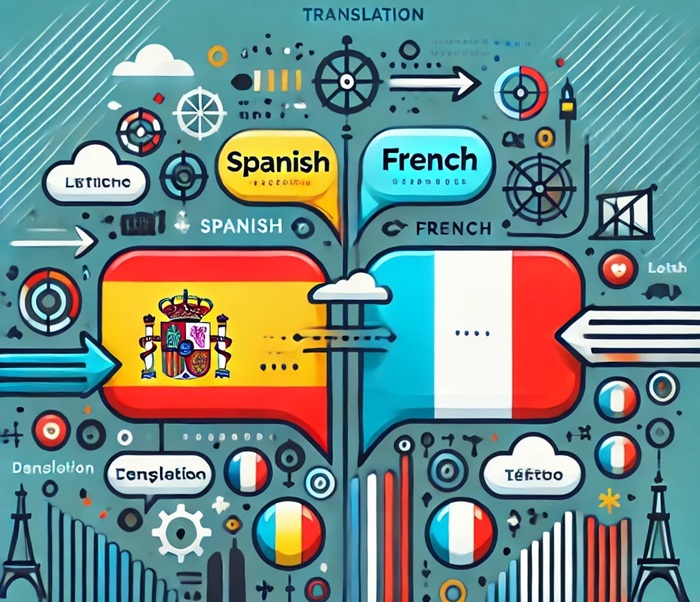
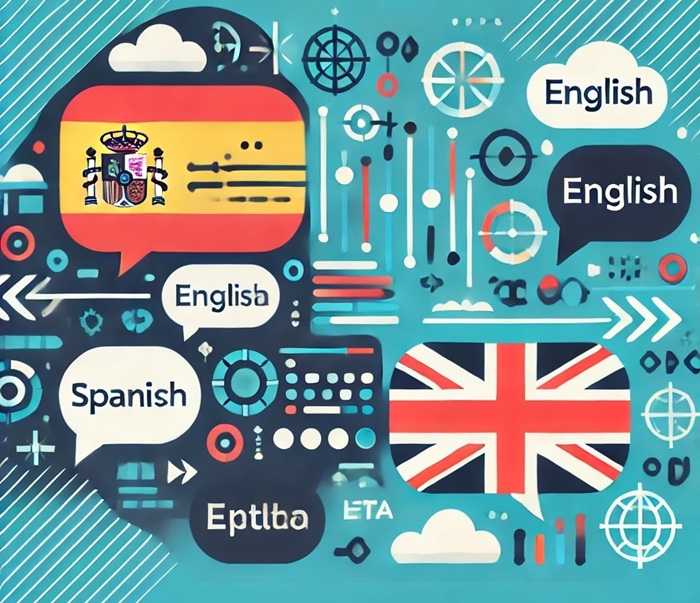
Professional translators from English to Spanish and vice versa, editors and copywriters
The best native speakers of English and Spanish from all over the world.
Ukrainian translation services by a professional Ukrainian native speaker
Real native Ukrainian translators at the best price and high quality.
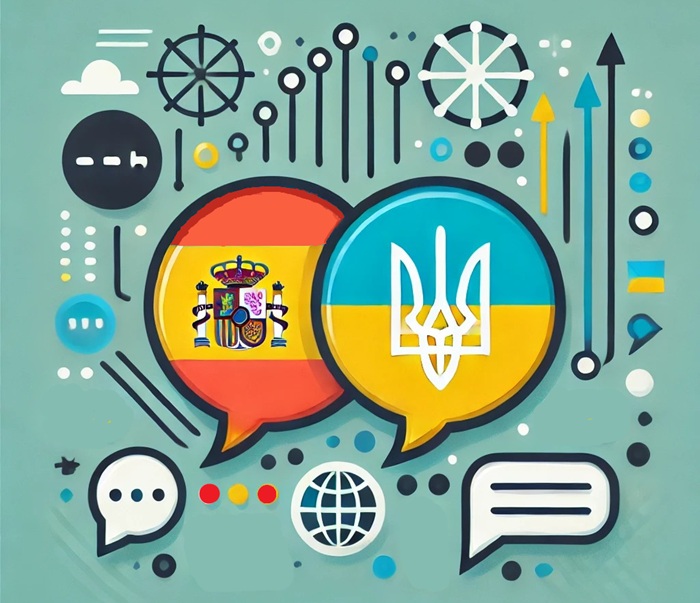
Professional Portuguese to Spanish and Spanish to Portuguese translations
Talented specialists in the world of Portuguese translation from Portugal and Brazil.
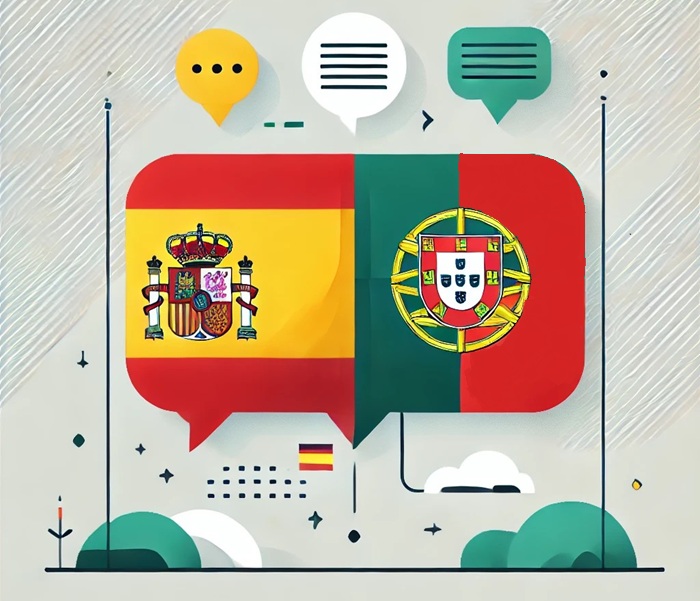
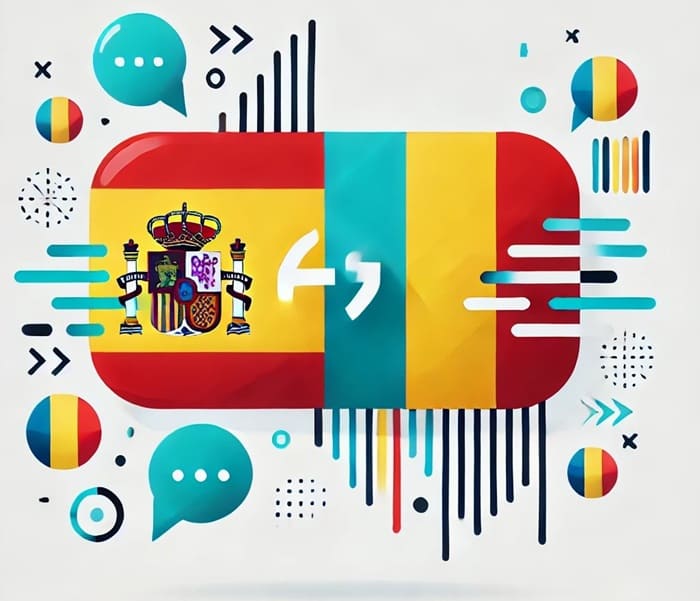
Professional translations from Romanian to Spanish and from Spanish to Romanian
Talented international specialists in the field of Romanian-Spanish translation.
Professional translations from Romanian into Spanish and from Spanish into Russian
Talented specialists from the world of international Russian translation.
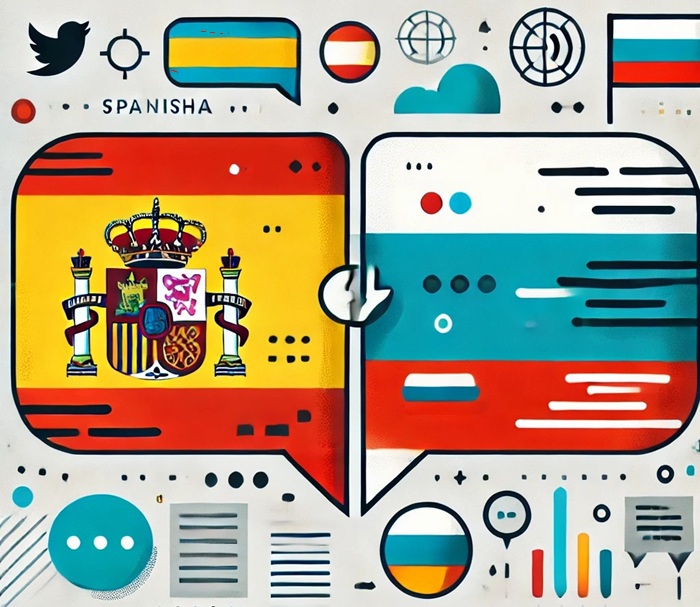
Concept
Here you can communicate with professional translators directly and without intermediaries, who unfortunately sometimes inflate prices quite a lot. The possibility of leaving reviews on a directly accessible website puts translators on their guard against making mistakes.
Studies
We go into the details personally, without managers and secretaries who change so often. The client can contact a professional translator or copywriter in any language at any time, which avoids loss of information and unnecessary overheads.
Marketing
We have experience and knowledge of the markets whose languages we work in, just as we know the mentality of these countries. This, as you probably know, is very important when adapting, localising or transcreating a text to be translated, as well as when entering a new market.

Translation Agency – Native Translators
Traductores Nativos is a professional translation agency offering a wide range of translation services to both individuals and companies. We offer high quality translation and interpreting solutions, as well as localisation and notarisation services.
We specialise in the translation of texts in various fields, such as legal, medical, technical, financial, marketing and literary material. Thanks to a team of professional translators and proofreaders, our clients always receive a high-quality translation adapted to the cultural and linguistic characteristics of the target audience.
Find out more about the services offered by Traductores Nativos Translation Agency.

Rates for translation services
Transactions in the STS system
All transactions are carried out through the STS system, which guarantees the quality and security of your funds.
Translation Agency – Native Translators
Order a professional translation today and see for yourself the high quality of our services. Our team of experienced native translators guarantees accuracy and naturalness of the text. We work with various types of documents: notary translations, legal translations, technical translations, medical translations and others. Please contact us for a free consultation.
